Your Garden is Missing a Soundtrack: Here’s How to Plant for Bees
For years, the very first thing I listen for in my garden isn’t the chirping of birds. It’s a sound that tells me everything is working as it should—the low, constant hum of happy bees.
In this article
I learned this lesson the hard way a long time ago with a patch of squash plants. They looked fantastic, full of big, beautiful yellow flowers, but I got almost no actual squash. A wise old farmer I knew took one look at my perfectly manicured garden and asked a question that changed everything for me: “Where’s the food for your workers?” He wasn’t talking about me. He meant the bees.
That single question taught me that a garden isn’t a solo project; it’s a partnership. We provide the food and shelter, and in return, the bees provide the pollination that turns those flowers into the veggies and fruits we love. This guide is built on that lesson—it’s more than a plant list. It’s about understanding the ‘why’ so you can create a garden that’s buzzing with life from the first warm days of spring to the crisp air of fall.
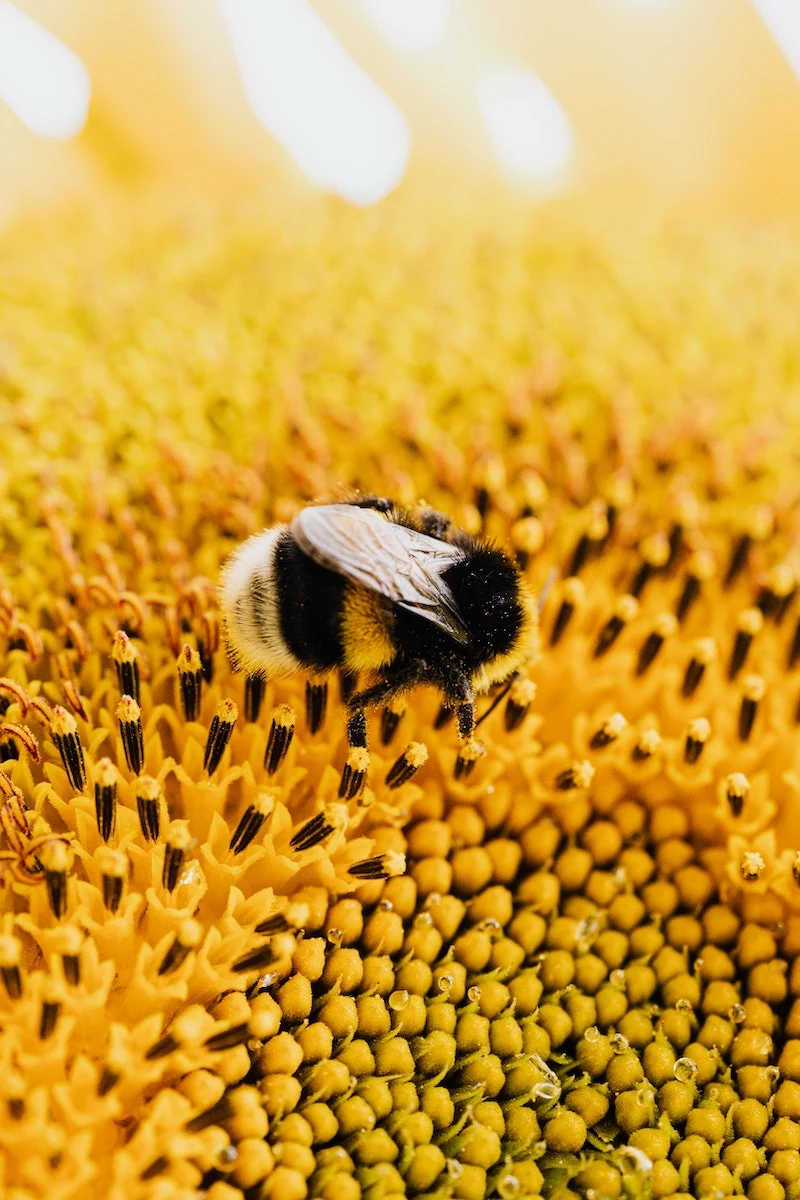
Meet Your Most Important Garden Guests
Before we start digging, it really helps to know who we’re setting the table for. The word ‘bee’ covers a whole lot more ground than most people think. Seriously, it’s not just about honeybees. Your backyard is likely home to a few different key players, and they all have their own needs.
Honeybees are the famous ones, the ones that live in big hives. They’re amazing generalists, visiting all sorts of flowers to gather huge amounts of nectar and pollen to support their massive colonies. Think of them as the busy shoppers at a giant supermarket.
Then you have the big, fuzzy Bumblebees. These are the champs of early spring, often seen flying when it’s still too chilly for other bees. They live in much smaller social groups, usually in nests underground. That queen bumblebee who emerges first thing in the season is starving and desperately needs food to kickstart her entire colony for the year.
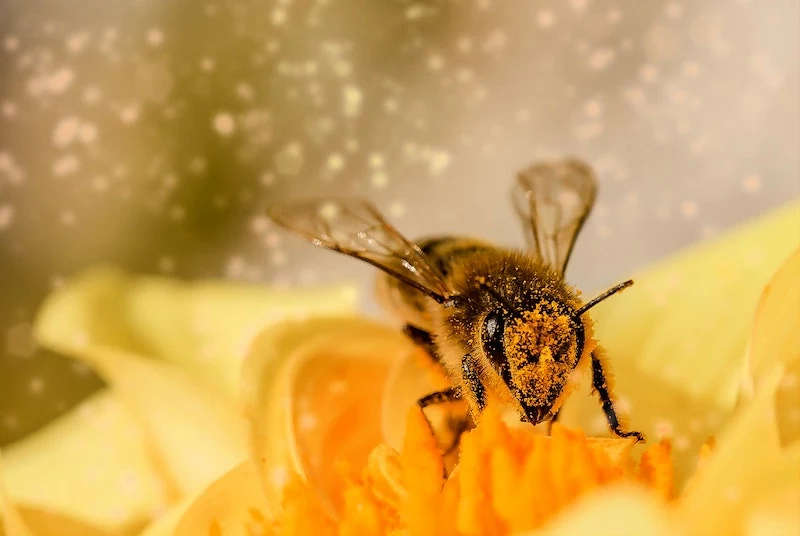
By the way, did you know that bumblebees can do something called “buzz pollination”? They vibrate their bodies at a specific frequency to shake pollen loose from flowers like tomatoes, peppers, and blueberries—a trick honeybees can’t pull off!
And finally, there’s the biggest group of all: the Solitary Native Bees. This includes tons of different species like Mason bees, Leafcutter bees, and Sweat bees. Just like their name says, they work alone. A single female builds a nest, stocks it with pollen, and lays her eggs. About 70% of them nest in the ground, so that patch of bare dirt in your yard might be a bustling bee nursery. These guys are often super-efficient pollinators for our native plants.
How a Bee Sees Your Garden
Here’s a cool fact: bees don’t see the world like we do. Their vision is tuned into the blue, purple, and ultraviolet (UV) part of the spectrum. Red, to them, just looks like a dark, uninteresting blob. This is why flowers in shades of purple, violet, blue, yellow, and white are bee magnets. Many flowers even have hidden UV patterns, called nectar guides, that act like glowing runway lights pointing the bees directly to the goods (the nectar and pollen). It’s all about efficiency.
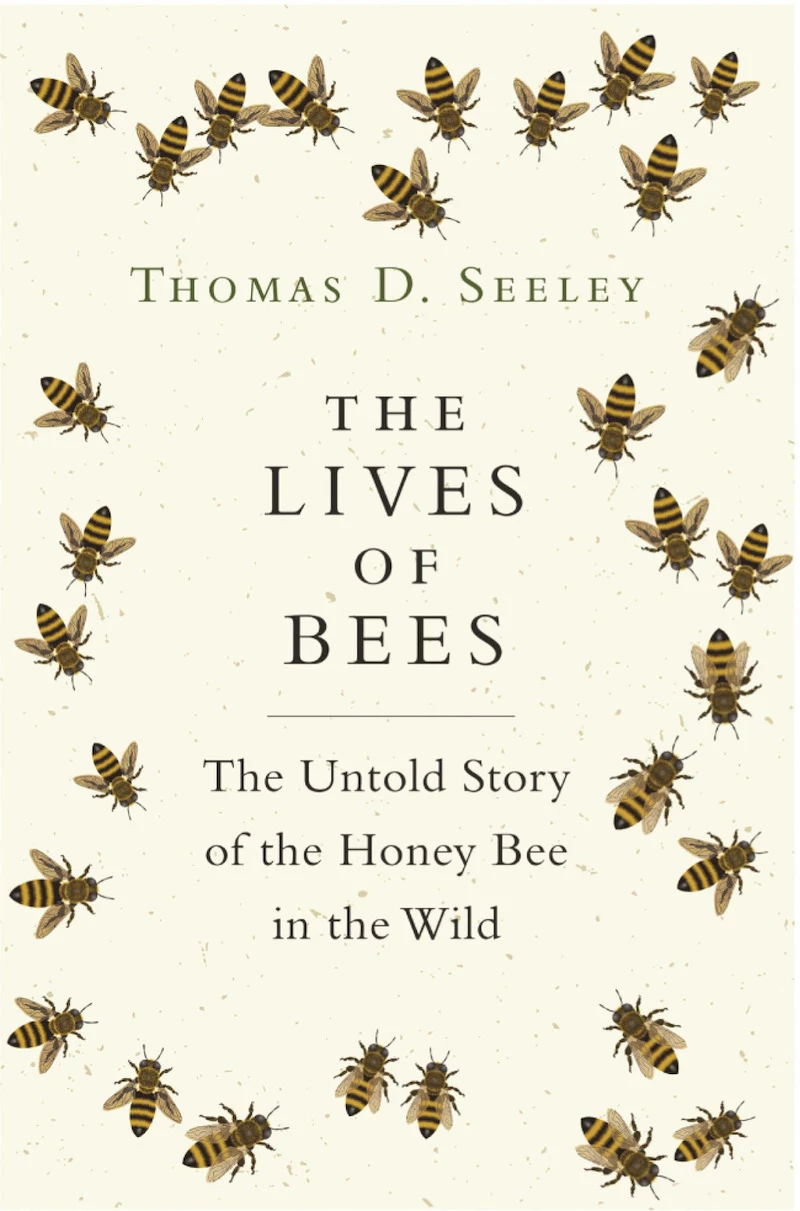
The Strategy: A Year-Round Buffet for Bees
A truly bee-friendly garden isn’t about just sprinkling a few ‘bee-friendly’ plants here and there. It’s about creating a reliable, continuous food source. A two-week gap with nothing in bloom, especially in early spring or late fall, can be a real problem for the local bee population.
Think in Clumps, Not Singles
Bees are smart and they don’t like to waste energy. They prefer to work on one type of flower at a time. So, instead of planting one coneflower here and another over there, plant a block of at least three, five, or more together. A big patch creates a powerful visual and scent signal that shouts, “Hey! Over here! The good stuff is right here!” In my own garden, a single lavender plant gets a few visitors, but a 3-foot-wide drift of it hums with activity from dawn ’til dusk.
The Bee’s Calendar: Something for Every Season
This is probably the most important concept to get right. You need things flowering from early spring all the way through fall. I find it helpful to just sketch it out on paper to see where the gaps are. Here’s a quick breakdown:

- Early Spring (The Lifesavers): This is when queen bumblebees are emerging and are desperate for food. Think tiny bulbs like Crocus and Siberian Squill, or shrubs like Pussy Willow.
- Late Spring & Early Summer (The Build-Up): Bee colonies are growing fast. This is the time for Catmint, Alliums (ornamental onions), and perennial Salvias.
- Mid-Summer (Peak Season): The garden should be a giant buffet. Coneflowers, Bee Balm, Lavender, and Anise Hyssop are the stars of the show.
- Late Season (The Final Stock-Up): This is another make-or-break period. Bees are getting ready for winter and need to pack away resources. Asters, Goldenrods, and tall Sedums are absolute powerhouses now.
Don’t Forget Drinks and a Place to Stay
Bees need water, too, but they can easily drown in a deep birdbath. Here’s a super easy trick:
How to Make a Bee Waterer in 2 Minutes:
- Grab a shallow dish or a plant saucer.
- Fill it with pebbles, marbles, or small rocks.
- Add just enough water so the tops of the rocks stay dry. Done!
This gives them a safe place to land and drink.
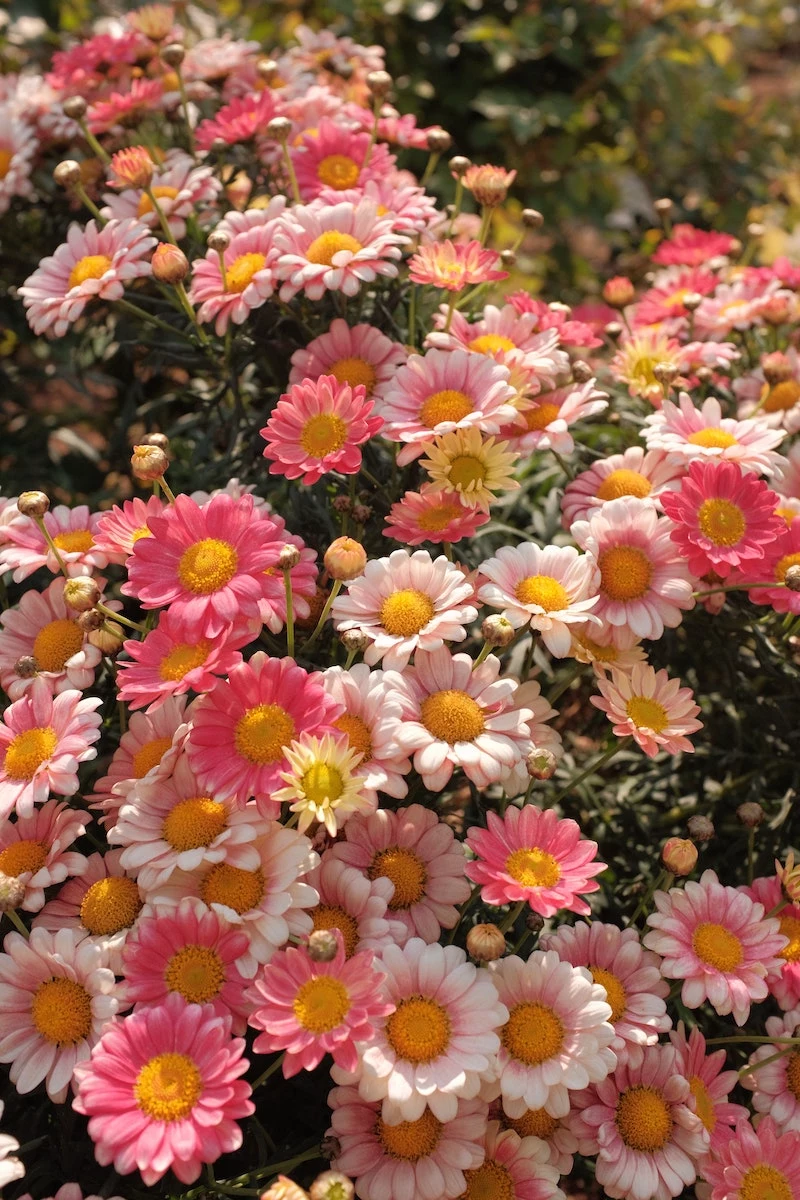
And for shelter? Don’t be too tidy! Leave a small patch of bare, undisturbed earth in a sunny spot for ground-nesting bees—aim for an area about the size of a dinner plate. If a few weeds pop up, just hand-pull them. The bees won’t mind if it isn’t perfect.
Your First Bee Garden: 3 Easiest Plants to Start With
Feeling a bit overwhelmed? Honestly, it’s easy to be. If you’re just starting, forget everything else for a moment and just focus on this. Here is a simple, foolproof, three-plant combo that gives you blooms across the seasons:
- Crocus Bulbs (for Early Spring): Plant a handful of these in the fall. They’ll pop up early and provide that critical first meal for sleepy queen bees. A bag of 20-30 bulbs might cost you $10-$15.
- Catmint / Nepeta (for Summer): This is a nearly indestructible perennial that flowers for months. It’s a true bee magnet. Expect to pay around $12-$20 for a one-gallon plant at a nursery.
- New England Aster (for Fall): When everything else is fading, these burst into a cloud of purple flowers, providing that crucial late-season food. A nursery plant will be in a similar price range, around $12-$20.
With just these three, you’ve created a reliable food source from March to October. You can build from there!
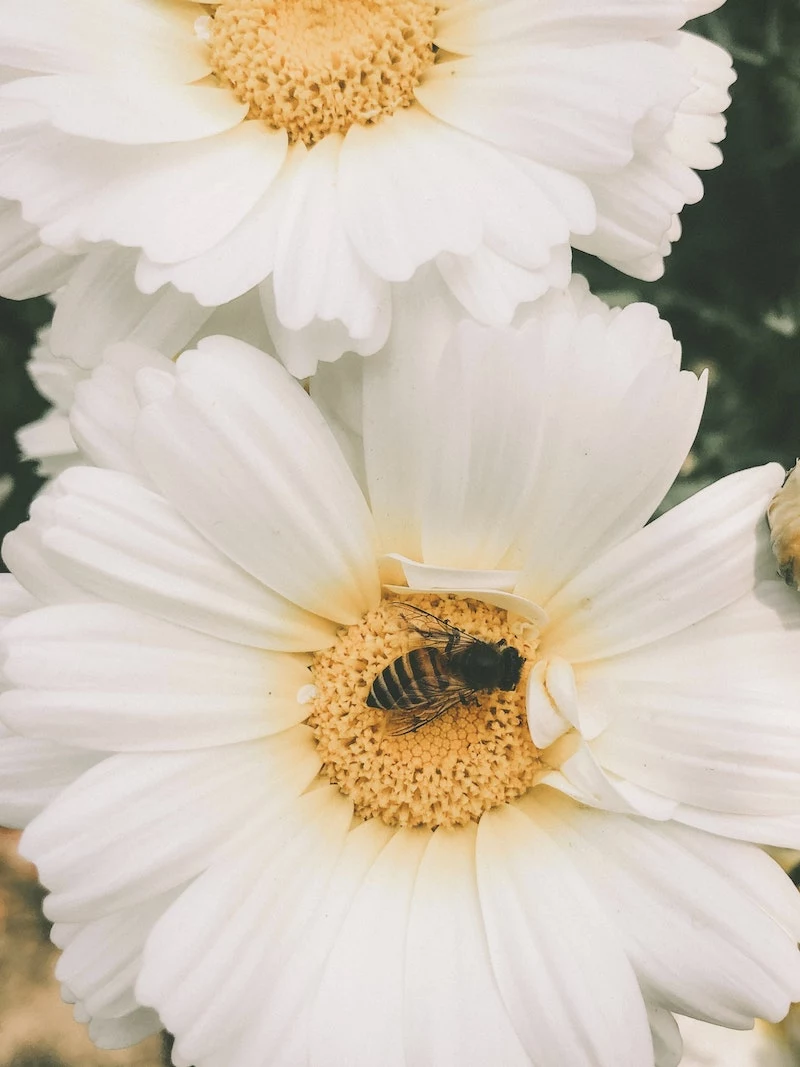
No Yard? No Problem! Bee-Friendly Balcony Gardening
You absolutely do not need a big yard to help the bees. A sunny balcony, patio, or windowsill can be a vital oasis for city bees. The key is choosing the right plants and the right containers.
Stick with pots that are at least 12 inches wide and deep to give roots enough space. Good choices for containers include herbs like Chives, Oregano, and Thyme, as well as flowering perennials like Catmint, Lavender, and Coneflower. A pot of colorful Zinnias or cosmos grown from a $3 seed packet can also be a fantastic, season-long food source. Just remember that containers dry out much faster than garden beds, so you’ll need to water them regularly, especially on hot days.
Core Plant Suggestions for Your Garden
Okay, let’s dive into a few more reliable performers. A quick heads-up: these suggestions are based on what works well in many climates, but it’s always a good idea to check what’s best for your specific area. A great trick is to find your USDA Hardiness Zone, which tells you which plants will survive the winter where you live. Just search online for a “USDA Zone Finder” and type in your zip code. For even more tailored advice, check out the National Wildlife Federation’s native plant finder tool.
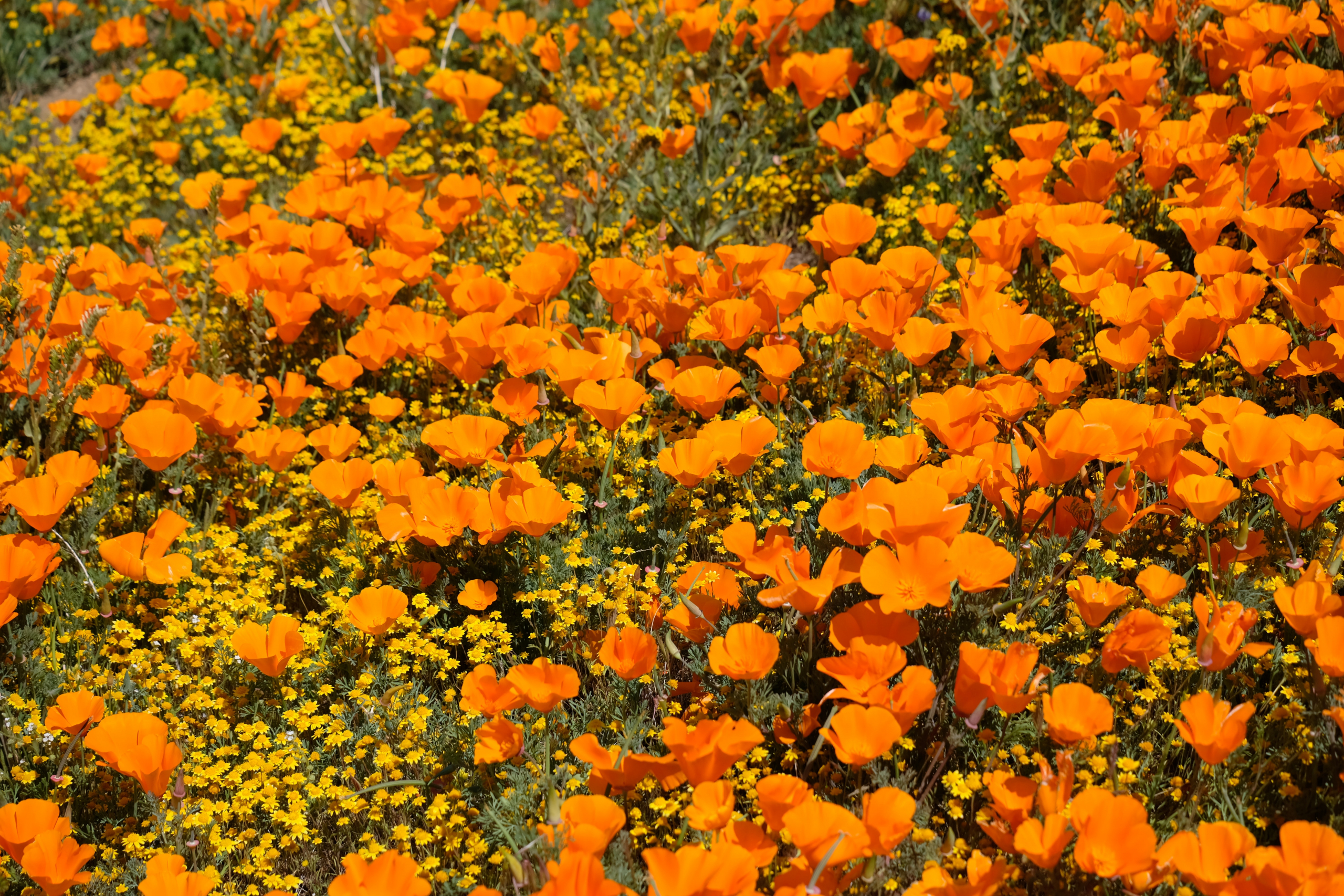
Summer Superstars
- Purple Coneflower (Echinacea): A classic for a reason. It’s sturdy and provides a perfect landing pad. A pro tip: stick to the simple, single-petal varieties. Many of the fancy, fluffy “double-flowered” types look pretty to us, but their nectar and pollen are often completely inaccessible to bees.
- Bee Balm (Monarda): The name says it all! Its unique tubular flowers are perfect for long-tongued bees. A word of caution: it can get a powdery mildew. I’ve learned to always plant it where it gets good air circulation and look for mildew-resistant varieties.
- Anise Hyssop (Agastache): This is consistently one of the top-rated bee plants in university studies. It sends up spikes of purple flowers for weeks and smells like licorice. It’s a short-lived perennial but often reseeds itself politely.
Fall Lifelines
- Goldenrod (Solidago): This plant gets a bad rap for causing hay fever, but that’s a case of mistaken identity! The real culprit is Ragweed, which blooms at the same time. Goldenrod’s pollen is heavy and sticky, designed to be carried by insects, not the wind. It’s a critical late-season food source, and there are many well-behaved garden varieties like ‘Fireworks’ that won’t take over.
- Joe Pye Weed (Eutrochium): A tall, stately plant with huge, vanilla-scented flower heads. It’s a magnet for big bumblebees and butterflies. It does like its feet a bit damp, so give it a spot with decent moisture.
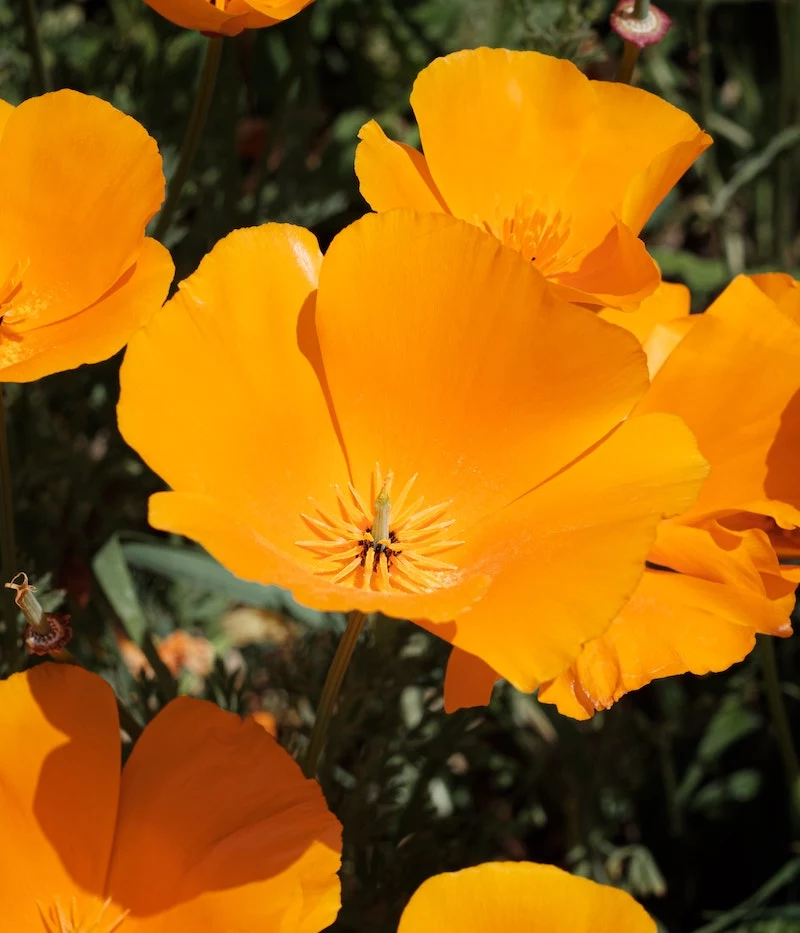
The Most Important Warning I Can Give You
If you’re going to invite bees into your garden, you have a responsibility to keep them safe. This is the most critical part of this entire guide.
AVOID SYSTEMIC PESTICIDES. ALWAYS.
Specifically, you need to avoid a class of insecticides called neonicotinoids (or “neonics”). These chemicals are absorbed by the plant, making every part of it—including the pollen and nectar—toxic to bees. Even tiny, non-lethal doses can mess with their navigation and ability to reproduce. Look for these ingredients on labels and do not buy them: imidacloprid, clothianidin, and thiamethoxam. They are commonly found in all-in-one products for roses, trees, and shrubs.
To be frank, there is no safe way to use these chemicals in a garden you want bees to visit. Period.
When you’re at the nursery, be a smart shopper. Ask the staff, “Are these plants neonic-free?” If they don’t know the answer, it’s best to be cautious. Whenever possible, buy from local, organic growers or nurseries that specialize in native plants. They’re usually well-informed and committed to pollinator safety. The Xerces Society is a fantastic resource for more information on this.

Creating a garden that hums with life is one of the most rewarding things you can do. It’s a small act that makes a big difference, not just for your own little patch of earth, but for the wider world around you.
Inspirational Gallery
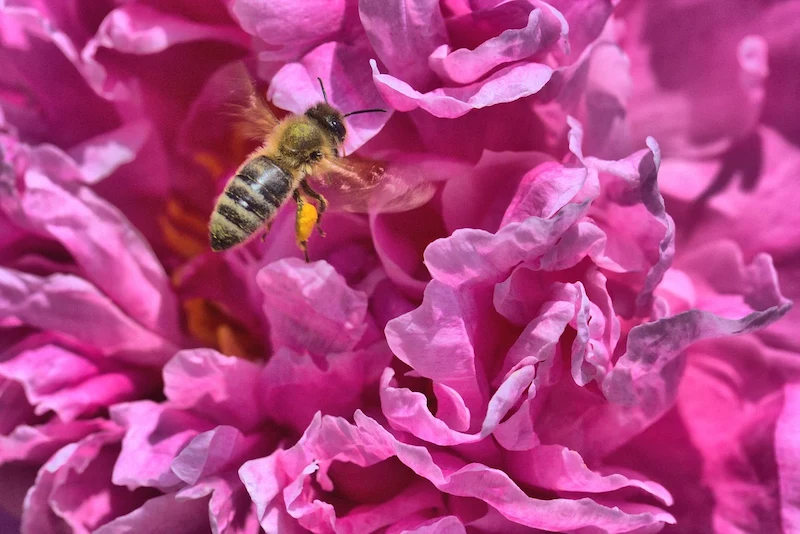
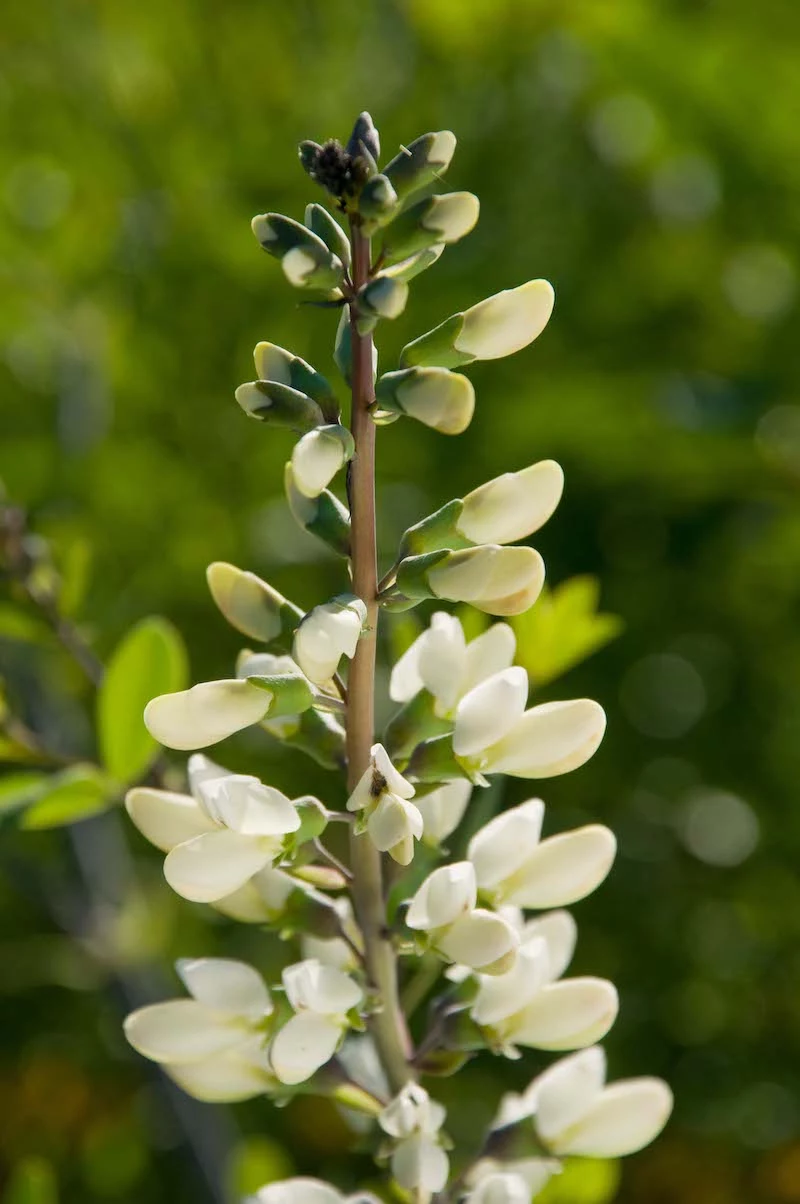
Think like a bee: While we love a fiery red geranium, bees don’t see the color red well. They are, however, highly attracted to shades of blue, purple, violet, white, and yellow. Planting in large, single-color blocks (a big patch of Salvia ‘May Night’ or a swath of Coreopsis) acts like a giant neon sign, making it easier for them to spot from the air and navigate efficiently.
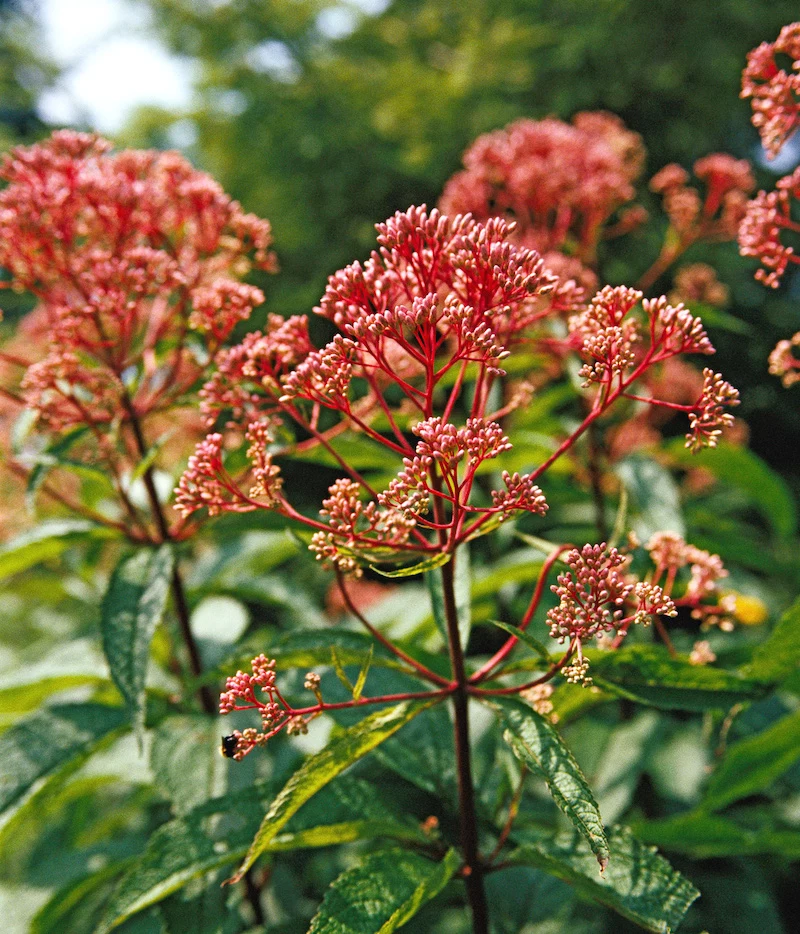
But what about aphids on my roses? Can I fight pests without hurting the bees?
Absolutely. The key is to move away from broad-spectrum pesticides. For localized problems, a strong jet of water can dislodge many pests. If that fails, a spray of insecticidal soap or pure neem oil, applied in the cool of the evening when bees are inactive, is a highly effective and targeted solution. It’s about being a garden surgeon, not a soldier.

For timeless inspiration, look to the French
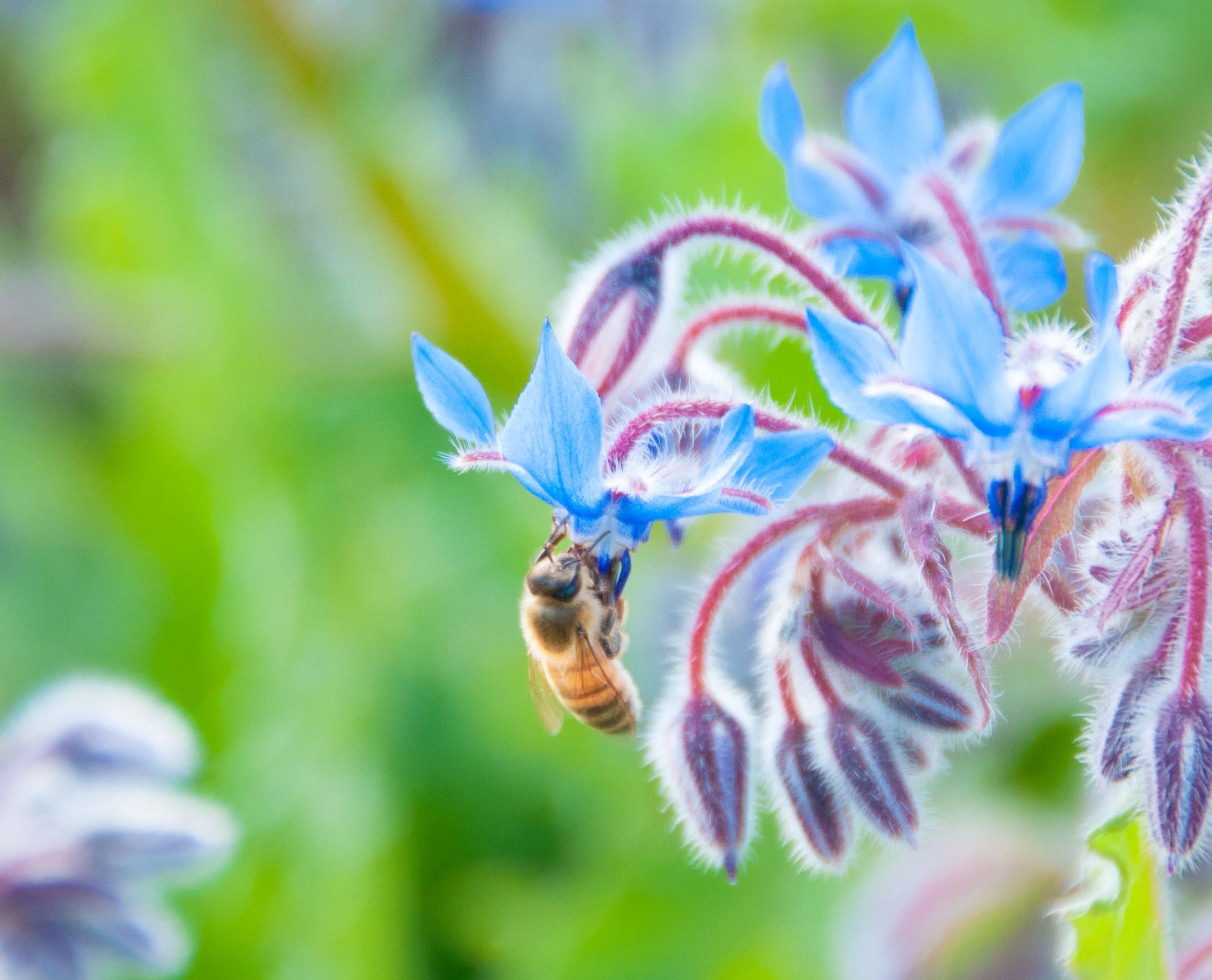
Native Wildflowers: These are the plants local bees have co-evolved with for centuries. Their structure, nectar composition, and bloom time are perfectly synced with native pollinator needs.
Modern Hybrids: Often bred for big, showy, or

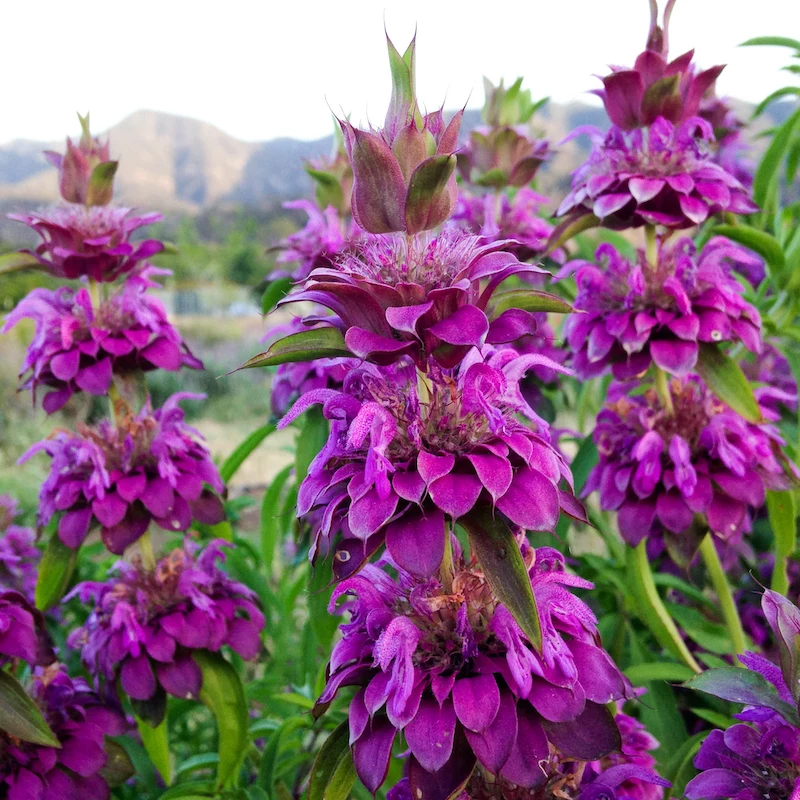
- Provides safe harbor for queen bumblebees.
- Protects overwintering solitary bees and their larvae.
- Creates a natural mulch that enriches the soil.
The secret? A little bit of benign neglect. Resisting the urge to cut back all your perennial stems and rake every last leaf in autumn creates a vital habitat that ensures a healthier bee population come spring.
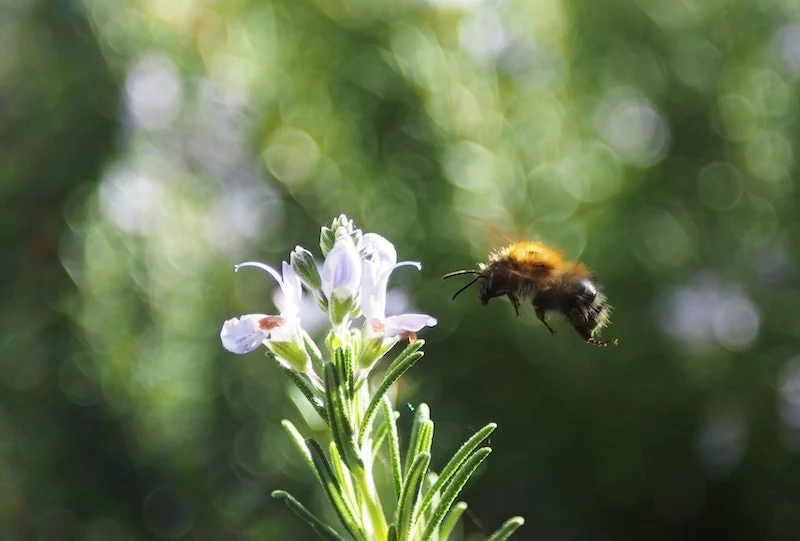
Creating a bee paradise doesn’t have to break the bank. Forget expensive nursery plants and embrace the power of seeds. A single packet of bee-friendly annuals like Borage (a bee magnet!), Phacelia, or Zinnia can fill a large area with blooms for just a few dollars. Brands like Baker Creek Heirloom Seeds or Seed Savers Exchange offer extensive pollinator-focused collections.
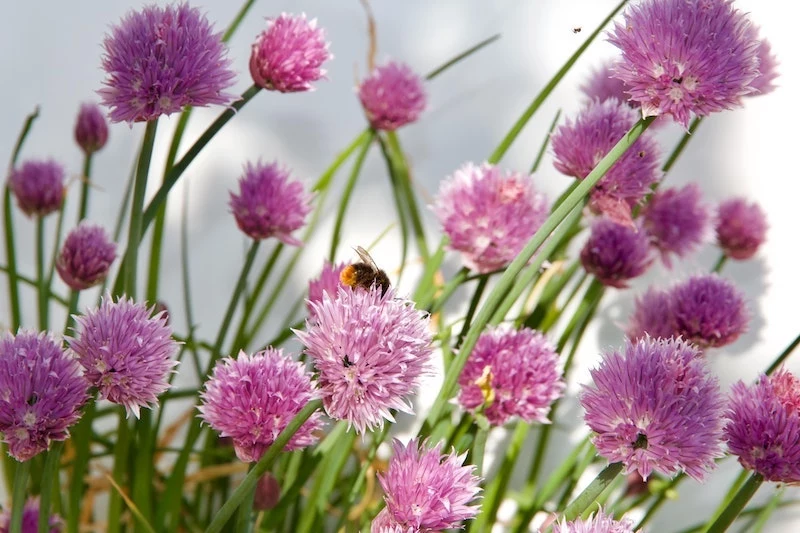
A thirsty bee is an inefficient bee.
It’s a simple truth we often forget. Beyond flowers, a safe water source is a game-changer. Forget deep bowls where bees can drown. Instead, fill a shallow plant saucer with pebbles or marbles and add just enough water so the stones poke out. This gives them a perfect, safe place to land and drink, keeping your
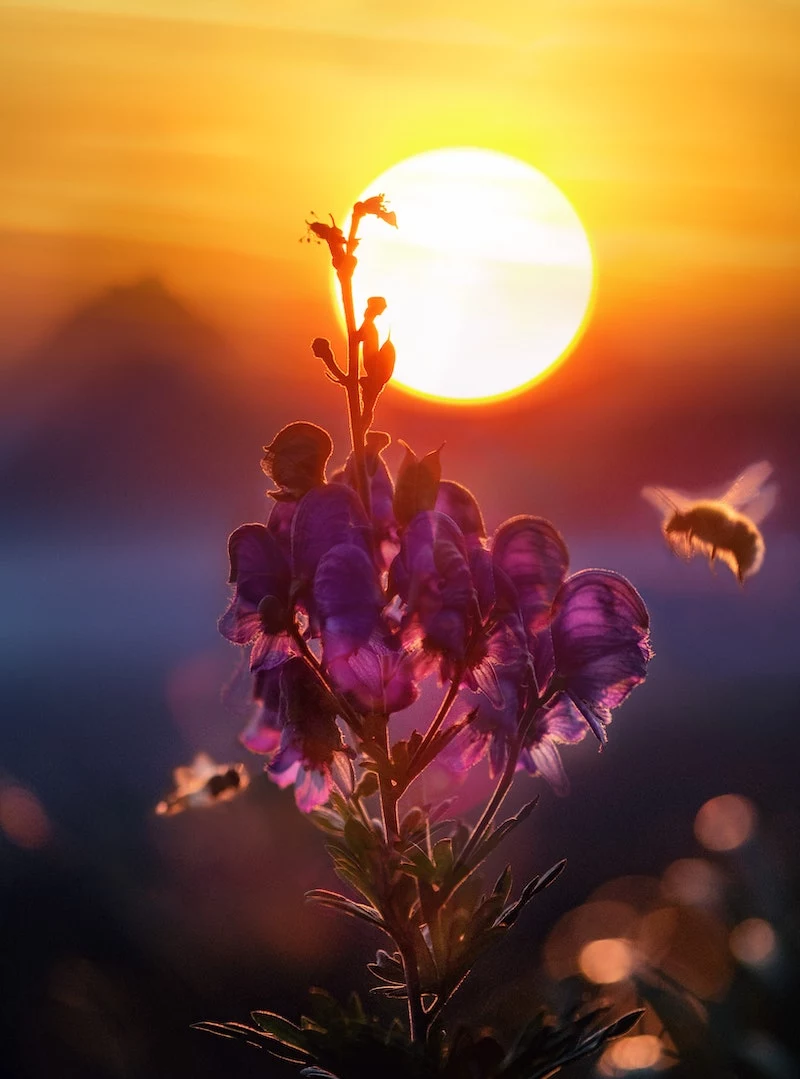
- Planting only one type of flower. Bees need a season-long buffet, not a single-course meal.
- Using double-flowered cultivars. Their dense petals often block access to nectar and pollen.
- Forgetting about herbs. A flowering basil, mint, or thyme plant is irresistible to a huge variety of small, specialist bees.
Your garden provides food, but what about shelter? Most native bees aren’t hive-dwellers; they’re solitary and nest in tunnels. You can easily support them by adding a










